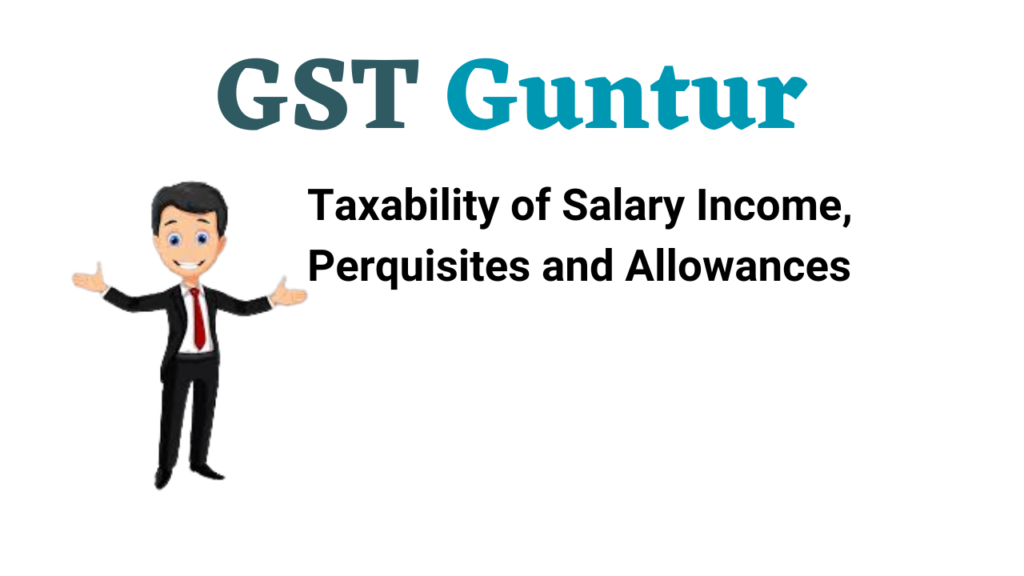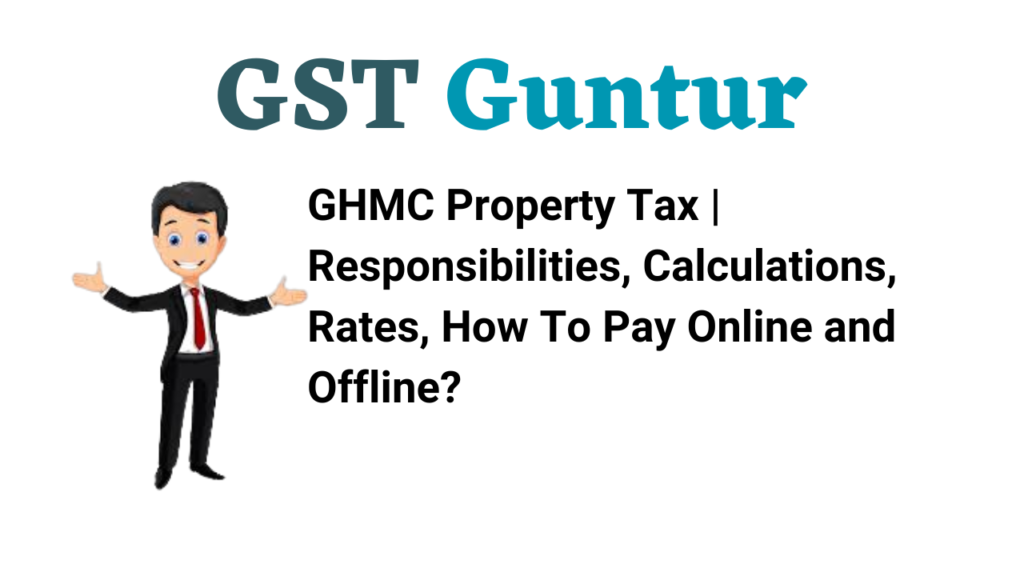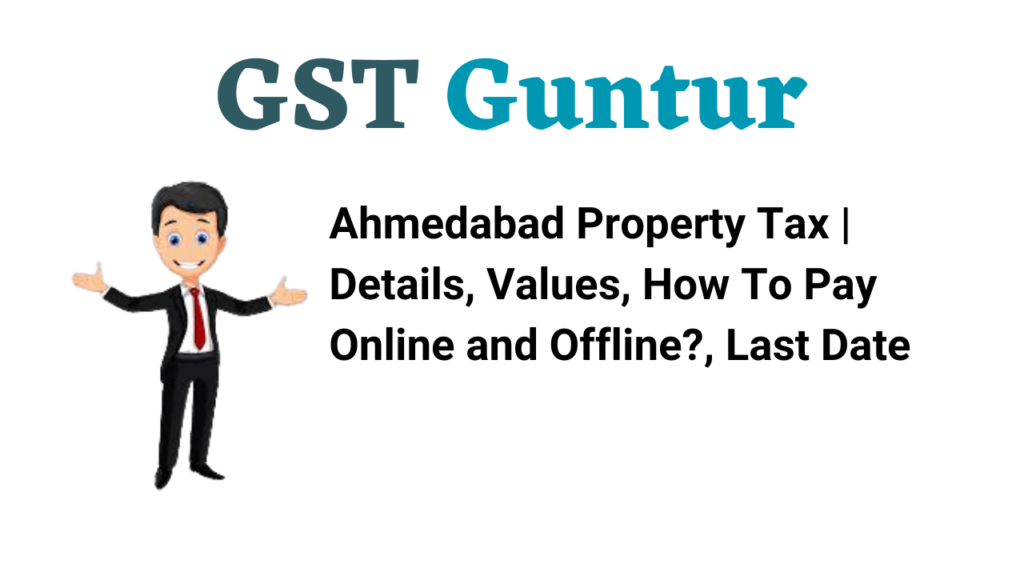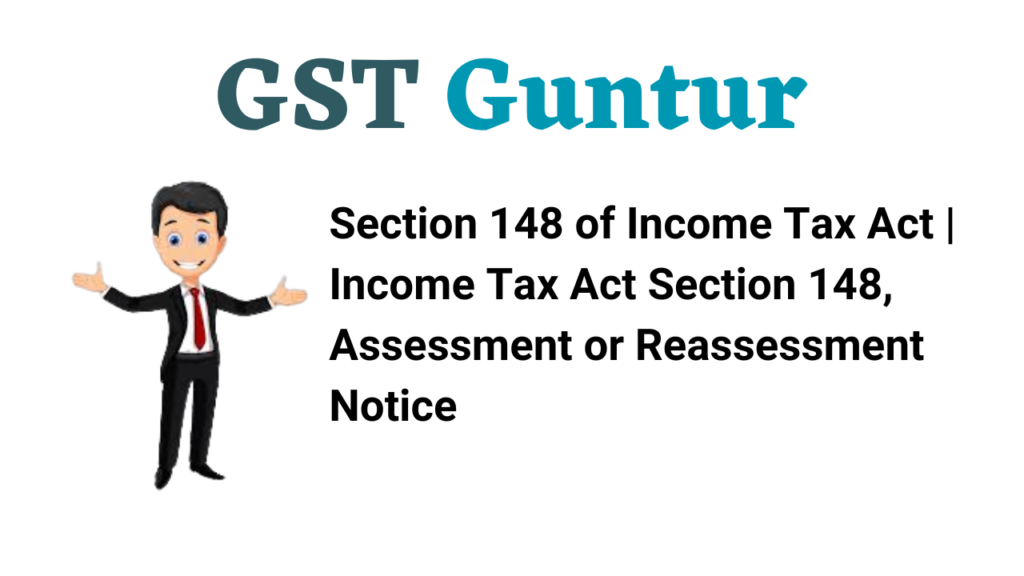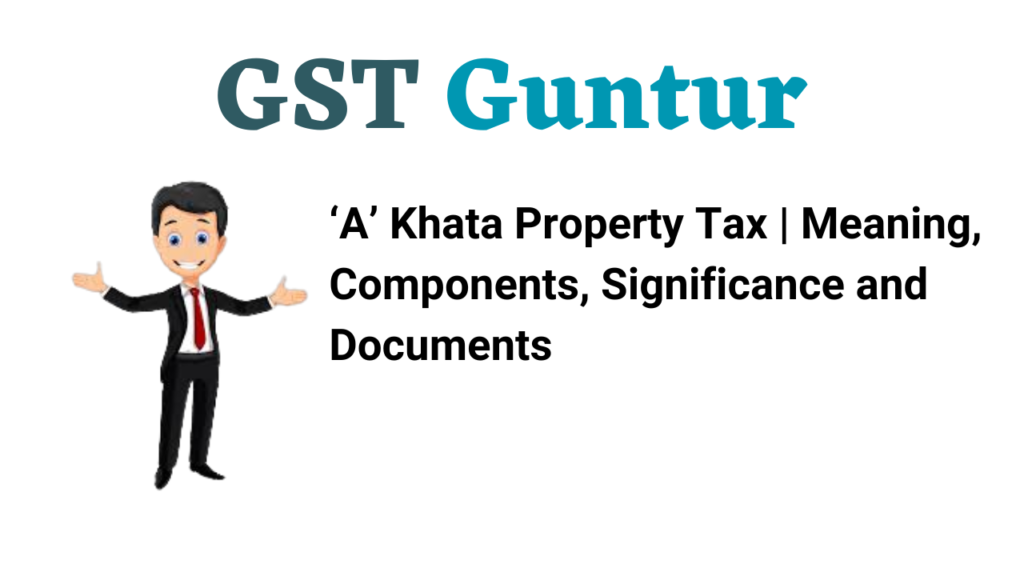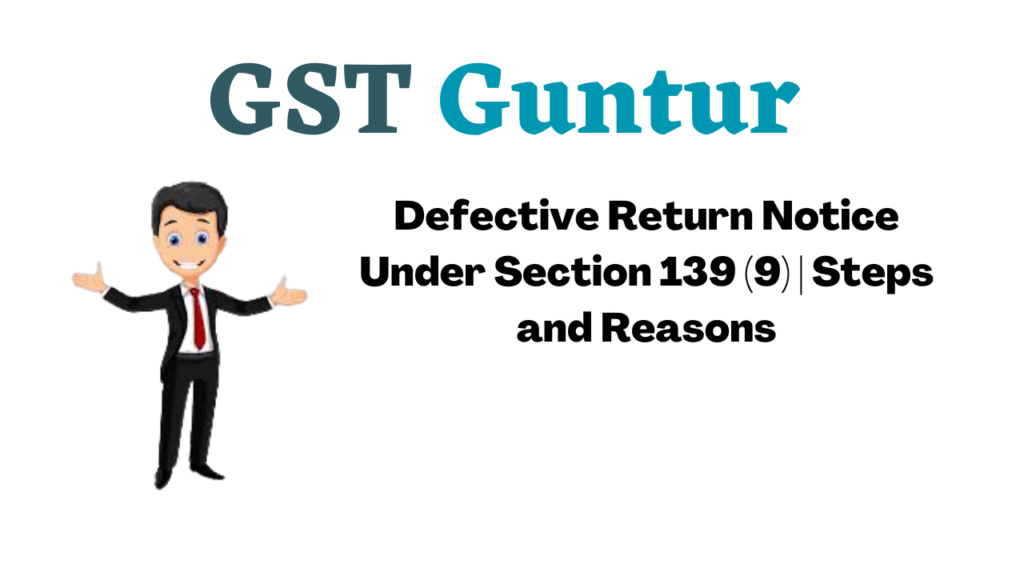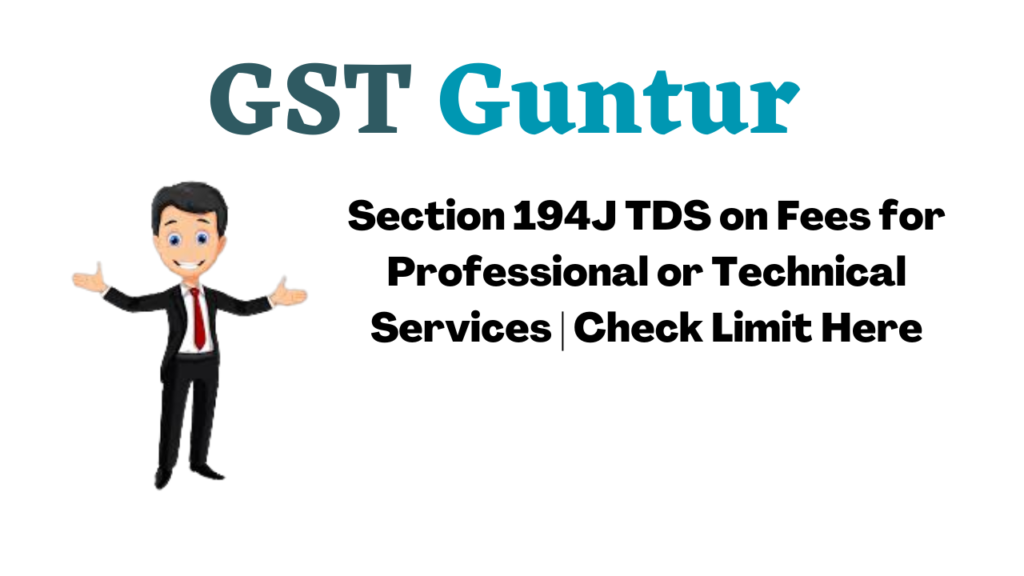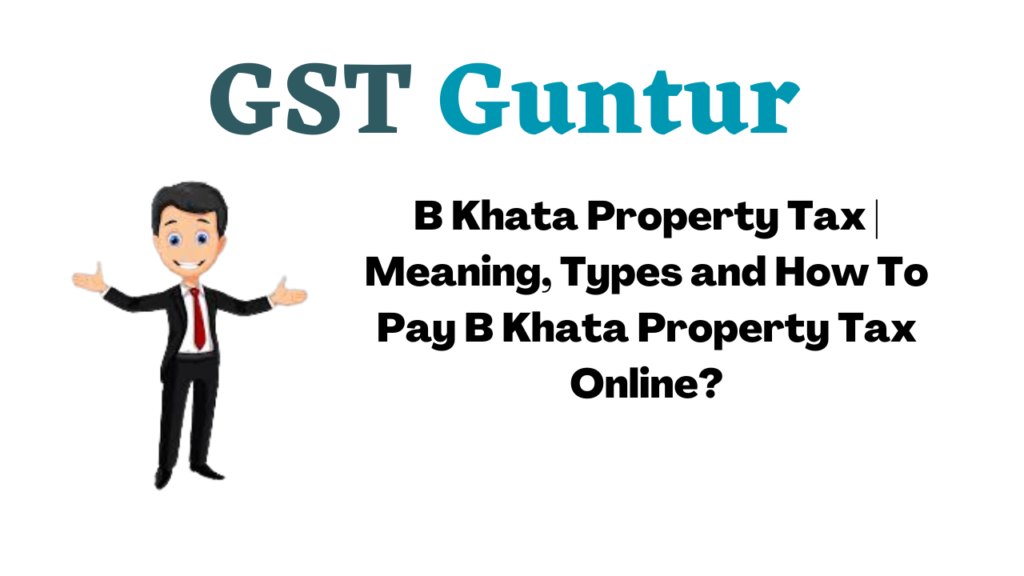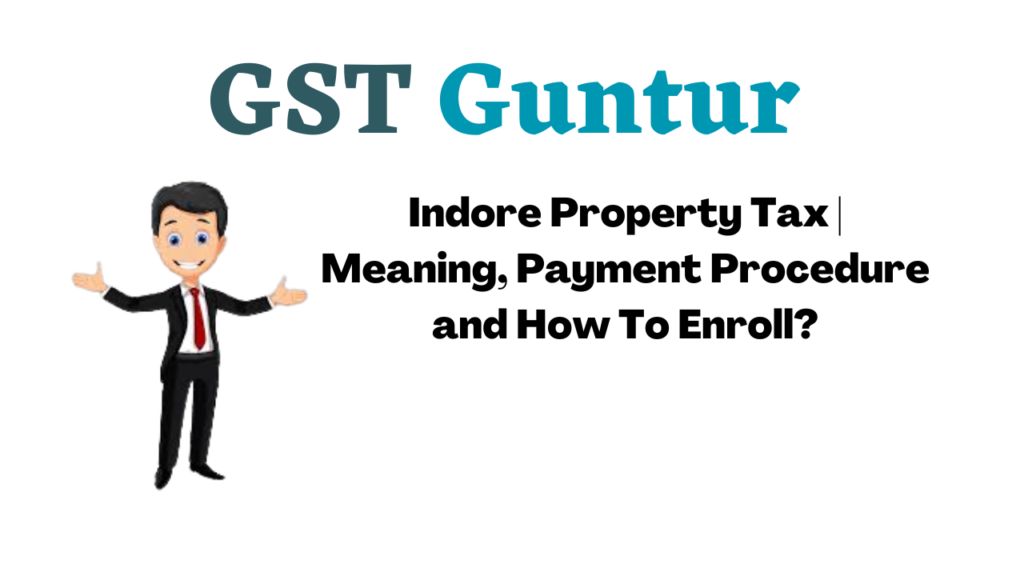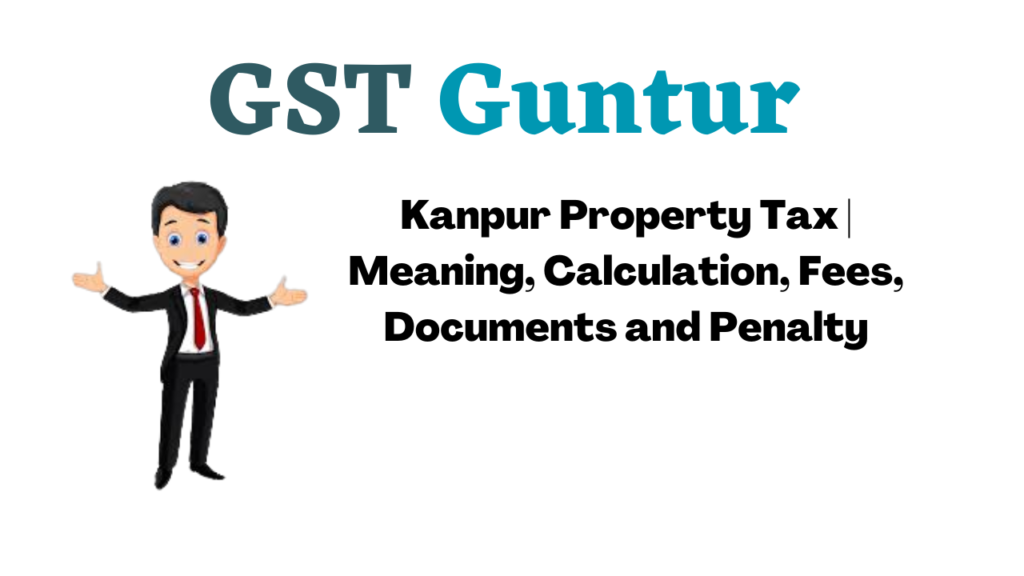Taxability of Salary Income, Perquisites and Allowances
Taxability of Salary Income, Perquisites and Allowance: Salary is the reward received by an individual periodically for their service due to an express or implied contract. The actual receipt of salary in the former year is not substantial as far as its taxability is concerned. The presence of the employer-employee relationship is the sine-qua-non for taxing a specific receipt under the title “salaries”. For instance, the salary paid to a partner by their partnership firm for carrying on a business is chargeable as “Profits and Gains from Profession or Business” and not as “Salaries”.
Similarly, the salary received by the MP or MLA is taxable as “Income from other sources”, but if the Minister of State or Central Government received the salary, it should be charged to tax under the title of “Salaries”. When an assessee receives his pension from his former employer, it is taxable as “Salaries” In contrast, the allowance received on their death by their family members, also known as Family Pension, is taxed under the pension title of “Income from other sources”.
- The Term “salary” Includes what?
- Deduction from salary
- What is “Perquisite”?
- Valuation of Perquisites
- Perquisites Exempt from Income Tax
- Allowance
The Term “Salary” Includes What?
Section 17(1) of the Income-tax Act gives an all-inclusive definition or explanation of the term “salary”, including
- Wages
- Annuity or pension
- Gratuity
- Fees, Commission, perquisites or profits instead of salary
- Advance of Salary
- Amount transferred from unrecognized provident fund to recognized provident fund
- Contribution of an employer to a Recognized Provident Fund over the designated limit
- Leave Encashment
- Compensation as a result of variation in Service contract, etc.
- The contribution made for the account of an employee by the Central Government under a notified scheme for pension.
Deduction from Salary
The following deductions from salary are permissible according to the Income Tax Act (Section 16).
- Professional or Employment tax levied by the State Government
- Entertainment Allowance- Deduction regarding Entertainment Allowance is provided to a government employee to the extent of rupees 5000/- or 20% of their salary or the actual amount received, whichever is less.
It is to be noted that the standard deduction of rupees 50,000/- is available from the salary income with effect from 1st April 2019, i.e., 2020-2021 onwards.
What is “Perquisite”?
“Perquisite” may be defined as any casual benefit attached to an office or position in addition to salary or wages.
“Perquisite” is defined in section 17(2) of the Income-tax Act comprising:
- Value of rent-free accommodation and service provided by the employer [Section 17(2)(i)]
- Any sum paid by an employer regarding a commitment which was owed or payable by the assessee [Section 17(2)(ii)]
- Value of any benefit provided for free or at concessional rate to certain employees [Section 17(2)(iii)]
- The value of any specified sweat equity shares or securities allotted, directly or indirectly, by the former employer or present employer, free of cost or at a concessional rate to the assessee [Section 17(2)(vi)]
- The value of any contribution by the employer in respect of the assessee, to an established superannuation fund, to the extent it exceeds rupees one lakh [Section 17(2)(vii)]; and
- The value of any other margin benefit as may be prescribed [Section 17(2)(viii)].
Valuation of Perquisites
As a general rule, in the hands of an employee, the cost paid to the employer is the taxable value of perquisites. However, certain specific rules for the valuation of certain perquisites have been laid down in Rule 3 of the IT Rules. These are summarily mentioned below:
Valuation Provided by Employer for Residential Accommodation
- State or Union Government Employees- The value of perquisite is equal to the license fee, which the Government determines as reduced by the rent payable by the employee.
- Non-Government Employees- The value of perquisite is equal to 15% of the salary of cities which have more than 25 lakh of the population (10% of wages in cities where the population according to 2001 census is surpassing 10 lakh but not surpassing 25 lakh and 7.5% of salary in areas where the population according to 2001 census is below 10 lakh or 10 lakh.) However, the accommodation provided is not owned by the employer but is taken on rent or lease. The perquisite value will be either 15% of salary or the exact amount of lease or rent, which the employer pays, whichever is lower. In both cases, the perquisite value would be reduced by the rent, if any, actually paid by the employee.
Furnished Accommodation Value
The value of furnished accommodation is the value of unfurnished accommodation raised by 10% p.a of furniture cost (including TV/ AC/ refrigerator/ radio/ and other gadgets). If the furniture is hired from a third party, then the value of unfurnished accommodation would be raised by the hire charges, payable by the employer. However, if any payment is recovered from the employee regarding the above, it would be deducted from this amount.
4.3 Valuation provided by the employer for hotel accommodation
The value of perquisite for hotel accommodation provided by the employer will either be the actual charges payable to the hotel or 24% of salary, whichever is lower. The above value would be reduced by any rent paid or payable by the employee. It may be noted that no prerequisite would arise if the employee is provided with accommodation for their transfer from one place to another for 15 days or less.
Perquisite Provided by the Employer of a Motor Car
With effect from 1st April 2008, if an employer granting such facility to his employee is not accountable to pay fringe benefits tax, the value of such perquisite shall be:
If the employer owns or leases a motor car; Exclusively used for official purposes: If the motor car is exclusively used for official purposes, it will not be taxable in employees’ hands irrespective of the engine’s cubic capacity.
Used for both personal and official purposes:
If the employer compensates running and maintenance cost
Within 1.6 liters, the cubic capacity is – Rs 1,800 p.m. + Rs 900 p.m. (Given that the driver is provided)
If it exceeds 1.6 liters, the cubic capacity is – Rs 2,400 p.m. + Rs 900 p.m. (Given that the driver is provided)
If the employer compensates running and maintenance
Within 1.6 liters, the cubic capacity is – Rs 600 p.m. + Rs 900 p.m. (Given that the driver is provided)
If it exceeds 1.6 liters, the cubic capacity is – Rs 900 p.m. + Rs 900 p.m. (Given that the driver is provided)
Exclusively used for the personal purpose
If the motor car is used exclusively for personal purposes, it will be fully taxable in employees’ hands irrespective of the engine’s cubic capacity.
The taxable value is as under
The actual cost of maintaining and running a motor car
- Adding: Salary of the driver
- Adding: Normal wear and tear @10% per annum of the actual cost of a motor car
- Less: Any charges recovered from the employee
If a motor car is owned by the employee but running and maintenance and driver’s salary compensated by the employer:
Exclusively used for official purpose
If the car is exclusively used for official purposes, it will not be taxable in employees’ hands irrespective of the engine’s cubic capacity.
Used for both personal and official purpose
If the employer reimburses running and maintenance cost
Within 1.6 liters, the cubic capacity is – Actual expenses fewer than Rs 2,700 p.m.
If it exceeds 1.6 liters, the cubic capacity is – Actual expenses fewer than Rs 3,300 p.m.
If an employee owns any other automotive conveyance but running, an employer reimburses maintenance.
Exclusively used for official purpose
If the car is exclusively used for official purposes, it will not be taxable in employees’ hands if the engine’s cubic capacity is within 1.6 liters.
Used for both personal and official purpose
If the employer reimburses running and maintenance cost
Within 1.6m v liters, the cubic capacity is – Actual expenses fewer than Rs 900 p.m.
If it exceeds 1.6 liters, the cubic capacity is – Non-Applicable
Perquisite Arising from Supply of Electric Energy or Gas or Water
The perquisite value shall be settled as the value paid by the employer to the agency supplying electric energy or gas, or water. If the employer supplies from their resources, then the value of the perquisite will be the manufacturing cost incurred by the employer per unit. However, any payment received from the employee regarding the above would be deducted from the amount. [Rule 3(4)]
Free or Concessional Educational Facility:
The expenditure incurred by the employer would be the value of the prerequisite.
If the educational facility is owned and maintained by the employer, the value would be nil or zero if the value of the benefit per child is less than rupees 1000/- per month or else if the reasonable cost of such education is similar in an institution near the location. [Rule 3(5)].
Free or Concessional journeys provided by an undertaking engaged in the carriage of goods or passengers:
Ve the value at which such amenity is offered to the general public will be the value of the perquisite. Any payment received from the employee regarding the above will get deducted from the amount. However, these provisions do not apply to the airline or railway employees.
Provision for the gardener, personal attendant watchman or sweeper:
The actual cost borne by the employer will be the value of benefit resulting from the provision of any of these. Any payment received from the employee regarding the above will get deducted from the amount. (Cost to the employer about the above will be the paid or payable salary). [Rule 3(3)].
Value of some other fringe benefits:
- Concessional or Free of Interest loans: The perquisite value will be the excess of payable interest at the prescribed interest rate over interest if any, actually paid or payable by the employee or any member of their household. The specified rate of interest would be the rate charged by the State Bank of India as on the first day of the applicable former year regarding loans of the same type and purpose advanced by it to the general public. The prerequisite is to be calculated based on the maximum monthly outstanding balance method. However, loans up to rupees 20,000/-and loans for medical treatment specified in Rule 3A are exempt provided with the same are not compensated or refunded under medical insurance.
- Free meals value: The perquisite value regarding free food and non-alcoholic beverages provided by the employer, not liable to pay fringe amenity tax, to an employee, will be the expenditure incurred by the employer. Any payment received from the employee regarding the above will get deducted from the amount. However, perquisite value will not be taken if, during working hours, food and non-alcoholic beverages are provided, and certain conditions particularised under Rule 3(7)(iii) are fulfilled.
- Gift or voucher or token value: The perquisite value of any gift, or voucher, or token regarding which such gift or voucher or receipt may be received by the employee or member of their household from the employer, not accountable to pay fringe benefits tax, will be the sum equivalent to the value of such gift, voucher or token. However, perquisite value will not be taken if the value of such voucher or token is below rupees 5000 in the aggregate during the former years.
- The credit card provided by the employer: The perquisite value concerning expenses incurred by the employee or any member of their household is charged to the credit card which is provided by the employer, not liable to pay fringe benefits tax, which is reimbursed to an employee by the employer will be taken to such amount paid or reimbursed by the employer. However, perquisite value will not be accepted if the expenses are incurred exclusively for official purposes and specific provisions mentioned in Rule 3(7)(v) are fulfilled.
- Club membership provided by the employer: The perquisite value concerning the amount paid or reimbursed to an employee by an employer, not liable to pay fringe benefits tax, against the expenses incurred in a club by such employee or any member of his household will be taken to be such amount reimbursed by the employer as deducted by any amount recovered from the employee on such account. However, perquisite value will not be accepted if the expenditure is incurred exclusively for business purposes and specific provisions mentioned in Rule 3(7)(vi) are fulfilled.
The value of any other amenity or benefit provided by the employer will be determined based on the cost of the employer under an arms’ reach transaction as decreased by the employee’s benefaction.
The market value of any specified sweat equity share or security, being an equity share in a company, the date on which the option is exercised by the employee, will be determined as follows:
- In a case where the date on which the exercising of the option takes place, the companies’ share is listed on a distinguished stock exchange, the fair market value will be the aggregate of the opening and closing price of the share on the date of the stock exchange.
- In a case where the date on which the exercising of the option takes place, the companies’ share is not listed on a distinguished stock exchange, the fair market value will be such, as determined by a merchant banker on the mentioned date.
- The just market value of any specified security, not an equity share in a company, the date on which the exercising of the option takes place by the employee will be such value as determined on the specific date by a merchant banker.
Perquisites Exempt From Income Tax
Some occurrences of perquisites exempt from income tax are mentioned below:
Perquisites allowed outside of India by the Government to a citizen of India for rendering services outside India (Sec. 10(7)).
The official rent-free residence is provided to an Official of Parliament, or Judge of High Court or Supreme Court, Union Minister or Leader of Opposition in Parliament.
Perquisite will not arise if concessional or interest-free loans for medical treatments of specified diseases are made available in Rule 3A or where the loan is trivial not exceeding in the aggregate rupees 20,000/-
Perquisite shall not arise in regards to expenses on telephones or a mobile phone which on behalf of the employee is incurred by the employer.
Allowance
Allowance is characterized as a fixed or definite quantity of money or other substance which is given routinely in addition to the salary for meeting certain specific requirements of the employees. As a general rule, allowances are to be incorporated in the total income unless specifically exempted. Exemption in respect of the particular allowances is allowable to the extent that is mentioned below against each of them:-
House Rent Allowance (HRA)
Provided that expense on rent is actually incurred, the exemption possible will be the least of the following:
- HRA received.
- The rent paid is less than 10% of the salary.
- 40% of salary (50% in case of Chennai, Kolkata, Mumbai, Delhi)
Salary here means Dearness Allowance + Basic if the terms of employment provide dearness allowance.
Leave Travel Allowance (LTA): The amount actually incurred on the travel on leave performance to any place within India by the shortest route is exempt. This is subjected to a maximum of the AC 1st Class fare or the air economy fare (if the journey is performed by any mode except air) by such route, provided that only in respect of two trips committed in a block of 4 calendar years that the exemption will be available.
Certain allowances given to the employee by the employer are exempt u/s 10(14). All these exempt allowances are in detail mentioned in Rule 2BB of Income-tax Rules and are briefly discussed below:
According to Section 10(14)(i), the following allowances are exempt, subject to actual expenses incurred:
- Allowance granted to meet the cost of travel on transfer or tour.
- Allowance granted on journey or tour connected with the transfer to meet the recurring charges incited by the employee.
- Allowance granted to meet the expenses incurred on a helper who is engaged for the performance of official duty.
- Allowance granted to meet conveyance expenses incurred in the performance of duty provided no free conveyance is provided.
- Allowance granted for academic research or training in research or educational institution.
- Allowance granted to meet expenditure on maintenance or purchase of uniform for the enforcement of official duty.
- Under Section 10(14)(ii), the following allowances have been prescribed as exempt:
| Serial Number | Allowance type | Exempted amount |
| 1. | Special Compensatory Allowance: For areas with high altitude allowance or climate allowance, or hilly areas.
|
For various regions of North East, Hilly areas of Uttar Pradesh, Jammu and Kashmir and Himachal Pradesh, Rs 800 is common.
For the Siachen area of Jammu and Kashmir, Rs 7000 per month is standard. For places at the height of 1000 meters or more, Rs 300 is standard. |
| 2. | Border Area Allowance is also known as Difficult Area Allowance or Remote Area Allowance or Disturbed Area Allowance. | For various areas mentioned in Rule 2BB, multiple amounts ranging from Rs 200 per month to Rs 1300 per month are exempted. |
| 3. | Tribal area or Schedule area or Agency area allowance is available in Madhya Pradesh, Assam, Uttar Pradesh, Karnataka, West Bengal, Bihar, Orissa, Tamilnadu, Tripura. | Rs 200 per month |
| 4. | Allowance is granted to the employees working in any kind of transport system to meet their expenditure during duty to run of such transport from one place to another. | 70% allowance up to a maximum of Rs 10,000 per month. |
| 5. | Children Education Allowance | For each child Rs 100 per month up to a maximum of two children |
| 6. | Allowance granted to meet the expenditure of hostel for employee’s child | For each child Rs 300 per month up to a maximum of two children |
| 7. | Compensatory Field Area Allowance available in different regions of Arunachal Pradesh, Manipur Sikkim, Nagaland, Himachal Pradesh, Uttar Pradesh and Jammu and Kashmir. | Rs 2,600 per month |
| 8. | Compensatory Modified Field Area Allowance available in various areas of Punjab, Rajasthan, Haryana, Himachal Pradesh, Uttar Pradesh and Jammu and Kashmir, West Bengal and North East. | Rs 1,000 per month |
| 9. | Counter Insurgency Allowance is granted to members of the Armed Forces. | Rs 3,900 per month |
| 10. | Transport Allowance granted to physically disabled employees. This is allowed to employees, who are blind or deaf and dumb or orthopedically handicapped with disability of lower extremities, to meet their expenditure for the purpose of commuting between the place of their residence and their duty | Rs 3,200 per month |
| 11. | Underground Allowances are granted to employees working in underground mines. | Rs 800 per month |
| 12. | Special Allowance is allowed to members of the armed forces in the nature of high-altitude allowance | For altitude of 9000-15000 ft. Rs 1060 per month
For altitude above 15000 ft. Rs 1,600 per month |
| 13. | Special Allowance is allowed to the members of the armed forces in the nature of special compensatory highly active field area allowance | Rs 4,200 per month |
| 14. | Special Allowance is allowed to the members of armed forces in the nature of island duty allowance. (Andaman & Nicobar& Lakshadweep Group of Islands) | Rs 3,250 per month |
